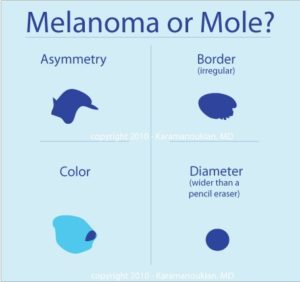Skin Tag and Wart Removal: Skin tags are benign (Non-cancerous) skin colored, tan or brown pedunculated lesions of the skin that are usually located around the neck, armpits or groin area. They are usually asymptomatic but can become slightly tender following trauma. They can be cosmetically removed with a special apparatus called Radiofrequency Cautery. Contura Cosmetic is one of the best place to get your skin tag and wart removal in Bangalore.
Are skin tags caused by a virus?
No. Skin tags are not due to infections. You can not pass it to other people either.
If I treat a skin tag, can it come back?
Yes. Skin tags are benign growths on the skin. People tend to develop them around the neck and in the armpit areas. Once treated, you can develop more in that area.
What are Warts?
Warts are benign (not cancerous) skin growths that appear when a virus infects the top layer of skin. Viruses that cause warts are called human papillomavirus (HPV). You are more likely to get one of these viruses if you cut or damage your skin in some way.
Wart viruses are contagious and can spread by contact with the wart or something that touched the wart. Shaving may cause them to spread in the beard area or legs. Biting or picking may also cause them to spread.
Warts are often skin-colored and rough. But they can be dark (brown or gray-black), flat, and smooth.
What are the types of Warts?
Common warts, plantar warts, genital warts, and flat warts.
How should I treat a large skin tag?
Large skin tags should be treated in a clinic. The reason is that large skin tags may have large blood vessels at the center. This blood vessel has to be cauterized or blocked off when the tag is removed, otherwise, it will bleed profusely.
How is the procedure done for skin tag and wart removal?
Usually, small tags or warts may be removed easily without anesthesia while larger growths may require some local anesthesia (Topical anesthesia cream or injected lidocaine) prior to removal. Application of a topical anesthesia cream prior to the procedure may be desirable in areas where there are a large number of tags.
Mole Removal
Moles and birthmarks can occur on any part of the body. The removal of a birthmark or mole can be performed for cosmetic reasons or for medical reasons if a skin cancer is suspected. In other words, some moles are removed purely for cosmetic reasons because they interfere or obscure the normal anatomy of the face or body. Other moles are removed because a physician or patient feels that there is a chance that the mole can develop into a malignancy or is at high risk of being malignant at the time of excision.
The decision to undergo mole removal for cosmetic reasons should always include a discussion of the risks involved with the procedure. The most common risks include minor bleeding, irritation, infection, hyperpigmentation, hypopigmentation, and the need for future corrective surgery. The discussion should include options for surgical excision that will minimize the risk of visible scarring. On the face, a plastic surgeon should discuss incision orientation that follows specific guidelines known as Langer’s lines. Discuss these issues with Dr. Sreekar Harinatha prior to commencing with surgical removal of a mole. Along with mole removal they are also experts in skin tag and wart removal.
Mole removal for potentially malignant lesions should focus on several factors, namely the importance of obtaining a tissue diagnosis, surgically removing the lesion and some surrounding normal tissue, and the overall cosmesis of the scar. Your surgeon may prioritize one or all of these criteria depending on the severity of the risk for malignancy. Clearly, if there is a high suspicion of melanoma, the highest priority should be placed on obtaining a good tissue biopsy and curative resection of the lesion with clear margins.
Pyogenic Granuloma Removal
These are benign tumors that are an accumulation of abnormal blood vessels and tend to bleed and ooze. They also tend to get infected sometimes. They can be easily removed with a minor local anesthesia procedure.

